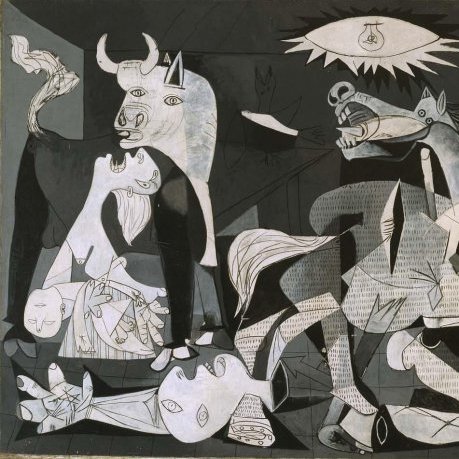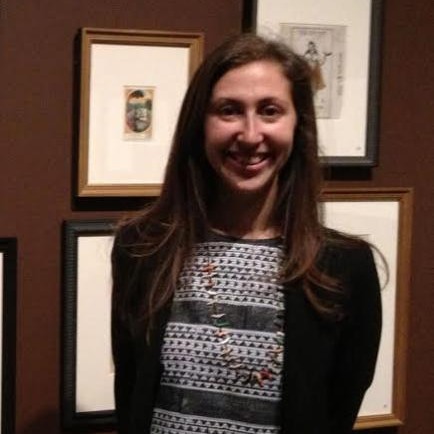
Those students interested in the diversity of artistic production throughout history and across the world will want to choose a concentration in the History of Art and Architecture. Students can explore a particular time period, a single branch of the field, or a methodology, and have the freedom to create their own program of study.
Every course sensitizes students to the wide array of social, intellectual, material, and technical forces that both inform, and are transformed through, the making of art and the built environment, and examines the ways in which shifting contexts of reception change the meaning and function of works across time and space.
In addition to broad overviews that introduce major world traditions of art and architecture, students have the opportunity to pursue in-depth studies of particular areas or issues in limited-enrollment, writing-intensive seminars. By interrogating diverse histories of art-making practices, concentrators develop the skills to think critically about the embodied labor of artists and builders, the materials they used, the experiences of historical audiences, and their own sensory perceptions, which, in tension and dialogue, continually shape the meanings of art and architecture.
